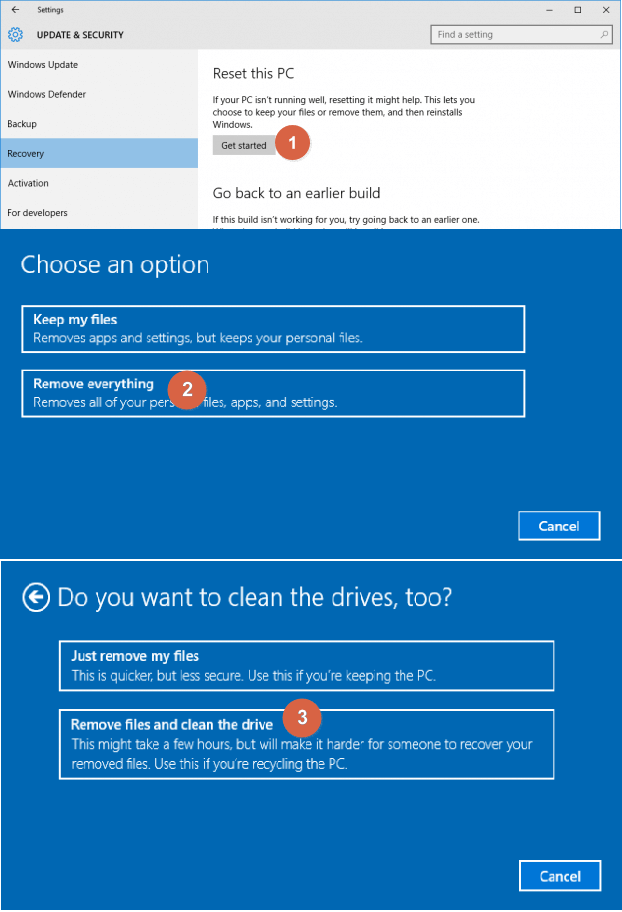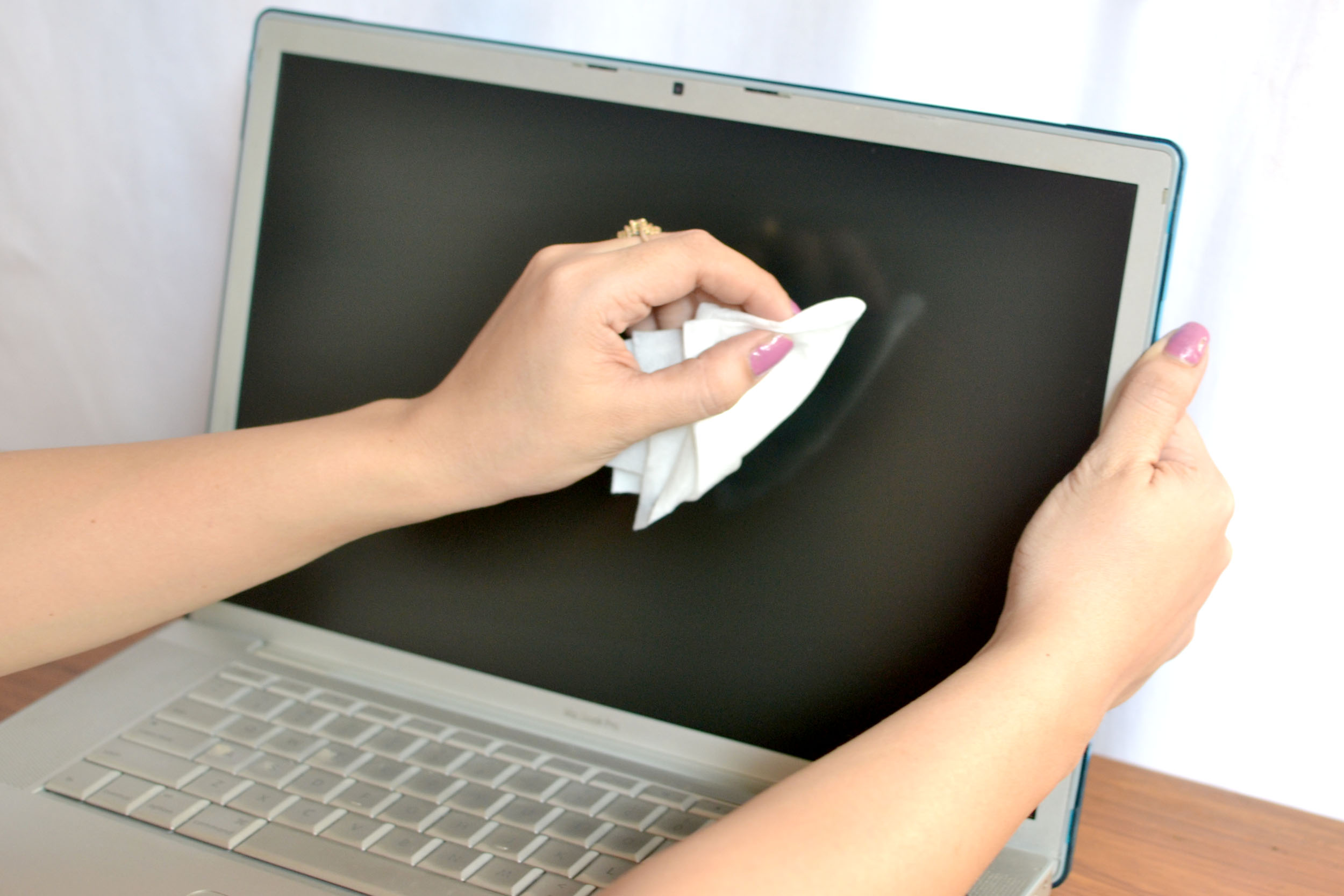

Once clicked, you will be asked if you want to "Keep my files" (which removes all applications but keeps your personal files) or "Remove everything" (which deletes all files, programs and settings).Īfter clicking this, you will be asked to confirm the choice by selecting one of two options: "Just remove my files" or "Remove files and clean the drive." Since the machine is changing owners, it's best to select the second option - "Remove files and clean the drive." This will bring up three options for Recovery: "Reset this PC," "Go back to an earlier build," and "Advanced startup."Įach of these options has its own purpose but in this case you should click on the "Get started" button located in the "Reset this PC" area. When you do, a new window will open.In that click on the "Recovery" option in the left column. In the next window that appears, click on the "Update & Security" icon. To re-format the hard drive in Windows 10, follow these steps:įirst, log into Windows. Deleting an account doesn't remove files you've saved on the machine, but re-formatting the machine will. This allows the new owner to customize the machine as he sees fit, without having to go around any pre-existing settings in the process.Īdditionally, by handing over the machine this way, there is no possibility the new owner might stumble across any personal information you might have forgotten to remove before handing over the computer. The machine is an Intel I3 on Windows 10.Ī: Rather than merely deleting your account and handing the machine over to your neighbor's son, a better option would be to to reformat the machine entirely.īy doing this, you essentially will hand over the machine in a default state, meaning the same state in which you received it when it was first purchased. Is there a check list for doing a user delete/remove? I would like to delete my user account, which is also the computer's administrator account, and establish him as the new administrator.

Q: I would like to give my neighbor's son my hardly used Toshiba laptop.


 0 kommentar(er)
0 kommentar(er)
